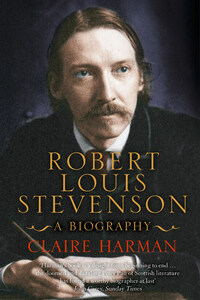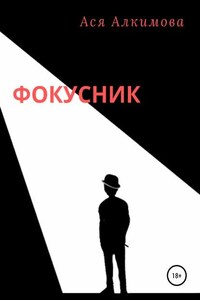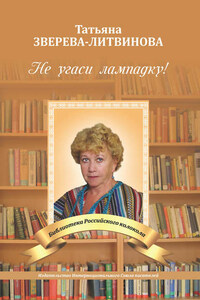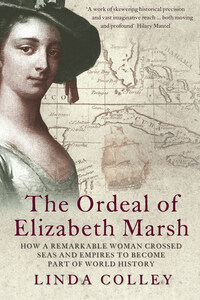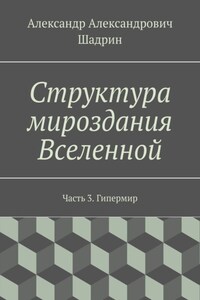Dr Johnson: Ay, never mind what she says. Donât you know she is a writer of romances?
Sir Joshua Reynolds: She may write romances and speak truth.>1
By dint of outliving her parents, five siblings, husband and child, the novelist Fanny Burney (then Madame dâArblay) became the caretaker of a vast quantity of family papers in her later years. Her fatherâs archive alone seemed at one point to be taking over her life, for, as she discovered when she began to sort through his literary remains in the 1820s, he seemed to have âkept, unaccountably, All his Letters, however uninteresting, ceremonious, momentary, or unmeaningâ. She destroyed quantities of these papers and edited the remaining ones ruthlessly using scissors and heavy black ink; a process she applied to her own archive in the last decade of her life and which was continued after her death by her niece and literary executrix Charlotte Barrett, who pasted over more than a thousand passages in Madame dâArblayâs diary, and cut out or deleted many others.
Millions of words remain, nevertheless, in tens of thousands of family letters, diaries, memoirs, drafts, notebooks, manuscripts and Fanny Burneyâs famous journal covering the period from 1768 until shortly before her death in 1840. The historical and literary importance of the Burney papers was recognised early on. Fanny Burney was one of the best-known and most highly respected novelists of her generation, whose âuncommonly fine compositionsâ>2 had been admired by writers as diverse as Jane Austen and Lord Byron. She had also led a long and eventful life which brought her into contact with some of the most famous men and women of her time; David Garrick, Samuel Johnson, Hester Thrale, Joshua Reynolds, Richard Sheridan, Edmund Burke, Warren Hastings, Madame de Staël, Talleyrand, Chateaubriand, Napoleon. She was a member of the Royal Household during the period of George Illâs âmadnessâ in 1788 and a refugee in Brussels during the Battle of Waterloo: she had been an intimate of Dr Johnson in the 1780s, yet lived long enough to meet Sir Walter Scott. When the Diary and Letters of Madame dâArblay were published in seven volumes between 1842 and 1846, she began a new posthumous career as the leading journalist of the Georgian age.
The first edition of the Diary and Letters was a re-editing, with some deletions, of Burneyâs own selection, bequeathed to Charlotte Barrett in 1839 âwith full and free permission ⦠to keep or destroyâ,>3 though Burney must have calculated that the loyal and scholarly âCharlottinaâ was unlikely to destroy much. The diaries have been in print ever since, in one form or another. Some editions, like Christopher Lloydâs,>4 were short and sweet, presenting Fanny Burney as a sentimental Regency âmissâ; others, like Austen Dobsonâs of 1904, attempted to put the work in its historical context. Annie Raine Ellisâs 1889 edition of the Early Diary (using material not touched by Mrs Barrett, who began her selection with the publication of Evelina in 1778) was remarkable for its thoroughness and completeness: she included everything she could read of the mauled manuscripts (cut away and pasted over by several generations of the authorâs heirs) and included excerpts from Susan and Charlotte Burneyâs papers as well.
Ellisâs approach prefigured that of modern scholars, who have laboured to recover every obliteration by means of the latest x-ray and photographic technology. The Burney Project at McGill University is dedicated to this task, which has been going on for some thirty years and is not yet within sight of an end. Joyce Hemlow, the great Burney scholar and biographer, brought out the first of what she expected to be a ten-volume edition of Fanny Burneyâs Journals and Letters in 1972. In the event, she oversaw the publication of twelve volumes between that date and 1984 and the present team (under Professor Lars Troide) has published three of a projected further ten volumes of the Early Journals and Letters. Recently there have also been scholarly editions of Fanny Burneyâs plays (all but one unperformed in her lifetime), Sarah Harriet Burneyâs letters, Charles Burneyâs letters and fragmentary manuscript memoirs, and there are plans to publish the letters of Susan Burney and possibly of Charlotte Burney too. By the time the Burney Project has exhausted its rich mine of material, we will know more about this logomaniac tribe and their associates than any other eighteenth-century family.

